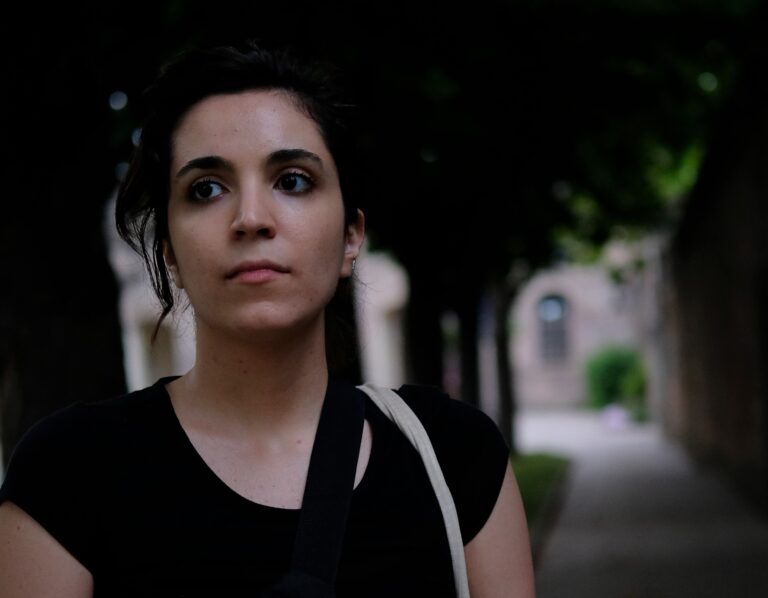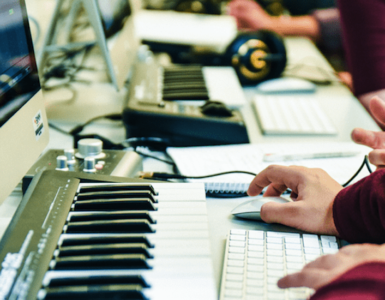BIMM University Berlin
Diverse and ever-evolving, no two days are ever the same in Berlin. From experimental music to trailblazing cinema, Germany’s capital is a limitless playground where your creativity can run free.
No matter whether you want to be on stage, on screen or behind the scenes, our courses in music, film and acting will match and exceed your aspirations.
They’ve been there, done that and collected the awards. Now, they’re here to help you achieve your dream career.
Study in the midst of the action with industry-standard music, filmmaking and acting facilities at House of Music and Molecule Studios.
Find all the information you need about finding your new home in the city, with tips on viewing properties, Berlin neighbourhoods and public transport options.
Berlin is a city that’s constantly awake and has no curfew – and where your creative imagination can run free.
How to get to BIMM University Berlin by car, bus or train.















